Caraway Insect Problems – Tips For Caraway Pest Control In Gardens
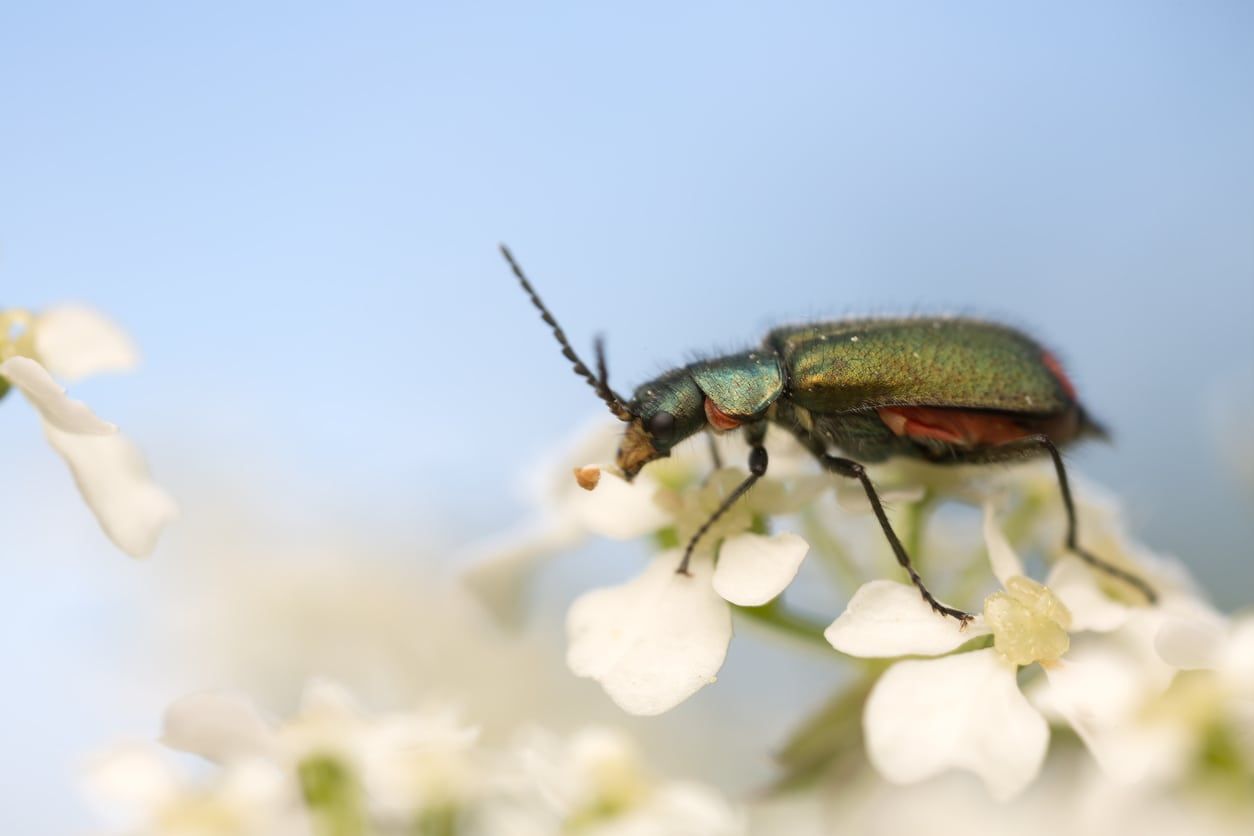

Almost all plants can have some incidents of pest problems, but herbs are relatively unbothered due to high levels of pungent oil in their leaves and fruits that naturally repel some insects. Caraway pests not only diminish plant health but may become ensnared in the fruit, degrading the value of harvested seed and transmitting disease. Continue reading for a list of bugs that eat caraway and how to combat these small invaders.
Pests Of Caraway
There are both annual and biennial varieties of caraway plant. These Eurasian natives are primarily grown for their edible and aromatic seeds. They are fairly easy to grow in the right climate, but occasional pest and disease issues may arise. The primary pests of caraway are weeds, but some insects may become problematic. Caraway insect problems are generally easy to resolve once you know which culprit to target. There are both crawling and flying pests of caraway. The flying variety are most prevalent. These include leafhoppers and grasshoppers. Leafhoppers can be especially damaging bugs that eat caraway. This is because during feeding the insects can transmit aster yellows, a very damaging crop disease. Various types of beetles may feed on caraway plants in the garden. Certain weevils and other grain type pests can infest caraway when stored. It is important to thoroughly clean the storage bins in large scale harvest situations. Remove all the chaff from the seed, as this can harbor tiny instar cycle pests. Caraway has a volatile seed oil, so seeds need to be cured well before storage. This is done by natural air drying to preserve flavor and the intensity of the oil. Check seeds frequently to ensure insects have not hatched during the curing process. Before storing, go over the seeds again to prevent any insect parts or live insects from infesting the stored seed. Unfortunately, because caraway is a food crop, there are few registered pesticides for use with the plants. Avoid using broad spectrum insecticides in the garden which will reduce beneficial insect populations. Some of the enemies of leafhoppers are lacewings, pirate bugs, and lady beetles.
Natural Caraway Pest Control
Since the plant attracts some predatory insects, it can be beneficial to install near certain crops. When planted near Brassicas, for instance, the natural caraway pest control minimizes the presence of caterpillars. Adjacent to plants that suffer from aphid infestations, such as peas and beans, it also has natural repellent properties. However, it does not make a good companion near fennel or dill. The plant's natural repellent properties are most evident in biennial plants in their second year when it is blooming. During this time, it attracts numerous types of parasitic wasps and flies which will eat larvae and smaller insects.
Gardening tips, videos, info and more delivered right to your inbox!
Sign up for the Gardening Know How newsletter today and receive a free copy of our e-book "How to Grow Delicious Tomatoes".

Bonnie Grant is a professional landscaper with a Certification in Urban Gardening. She has been gardening and writing for 15 years. A former professional chef, she has a passion for edible landscaping.
-
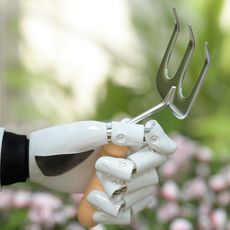 The Dangers Of AI For Gardening – How To Know What’s Real When It Comes To Your Garden
The Dangers Of AI For Gardening – How To Know What’s Real When It Comes To Your GardenThings aren’t always what they seem when it comes to using AI for gardening. Be discerning when relying on AI for accuracy, and take the time to do research.
By Teo Spengler
-
 Best Determinate Tomatoes: Compact Varieties With Big Yields For Cooking & Canning
Best Determinate Tomatoes: Compact Varieties With Big Yields For Cooking & CanningDeterminate tomatoes are prized for their compact growth and bountiful harvests. Learn their characteristics and choose the best varieties for your garden.
By Bonnie L. Grant
-
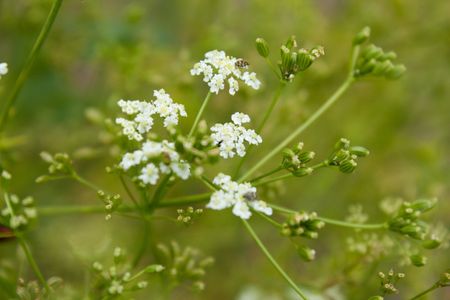 Varieties Of Caraway – Are There Different Caraway Plant Species You Can Grow
Varieties Of Caraway – Are There Different Caraway Plant Species You Can GrowYou can grow and harvest your own seed to use in the spice cupboard, but first you need to choose the varieties of caraway that will perform best in your garden. There are approximately 30 caraway plant species. Learn about some of them in this article.
By Bonnie L. Grant
-
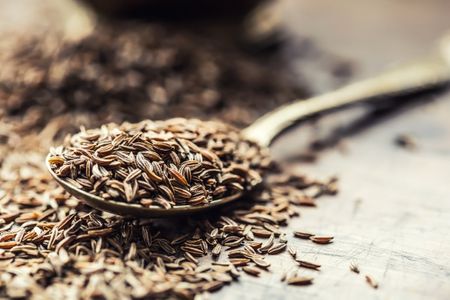 Storing Caraway: Learn How To Dry Caraway Seeds
Storing Caraway: Learn How To Dry Caraway SeedsIf you’re wondering how to preserve caraways seeds from plants grown in your garden, drying caraway is the easiest and safest way to go. Want to learn how to dry caraway seeds? Click this article for easy instructions.
By Mary H. Dyer
-
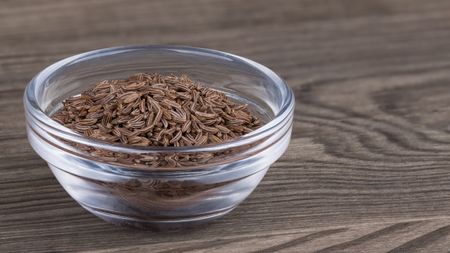 Common Caraway Benefits – Is Caraway Good For You
Common Caraway Benefits – Is Caraway Good For YouIs caraway good for you? Many gardeners are impressed by the health benefits of caraway and grow it for medicinal purposes. For information on using caraway for health, the following article can be of help. Click here to learn more.
By Teo Spengler
-
 Caraway Issues In The Garden – Dealing With Disease And Pests Of Caraway
Caraway Issues In The Garden – Dealing With Disease And Pests Of CarawayCaraway is a biennial plant cultivated for its anise-like flavored seeds. It is a fairly easy herb to grow with very few caraway issues. Closely related to both carrots and parsley, problems with pests and diseases of caraway tend to be of the same kind. Learn more here.
By Amy Grant
-
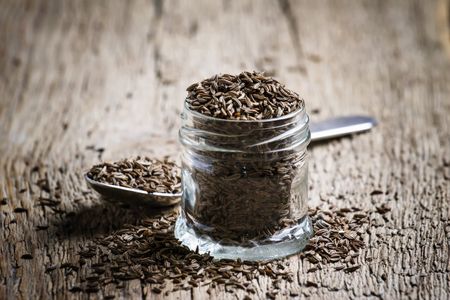 Caraway Uses – What To Do With Caraway Plants
Caraway Uses – What To Do With Caraway PlantsIt’s the caraway that sets rye bread apart from all other deli breads, but did you ever wonder how else to use caraway seeds? There are a plethora of caraway uses. Click this article if you’re interested in what to do with caraway post plant harvest.
By Amy Grant
-
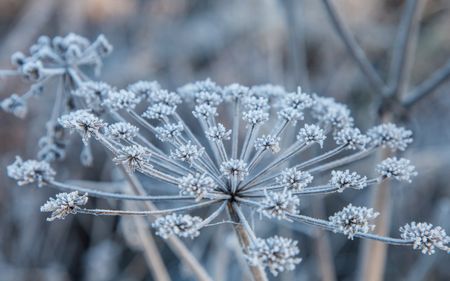 Caraway Winter Care – Caraway Cold Hardiness In The Garden
Caraway Winter Care – Caraway Cold Hardiness In The GardenKeeping caraway in winter isn’t a problem in mild regions, but in chillier areas, caraway winter protection is a must. Click this article to learn about caraway winter planting, caraway cold hardiness, and how to make sure your plants make it to spring.
By Teo Spengler
-
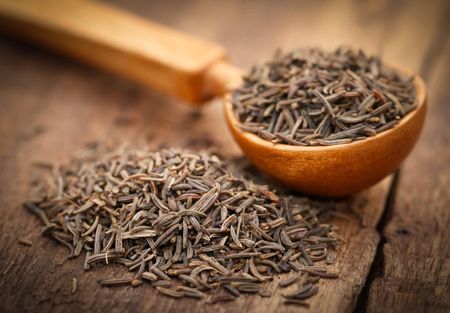 Harvesting Caraway Seeds – When To Pick Caraway Plants
Harvesting Caraway Seeds – When To Pick Caraway PlantsThe most commonly used part of caraway is the seed. It is an easy plant to grow and harvesting caraway seeds is just a two-step process. Click on the following to learn when to pick caraway so the seeds will be at the peak of their flavor.
By Bonnie L. Grant
-
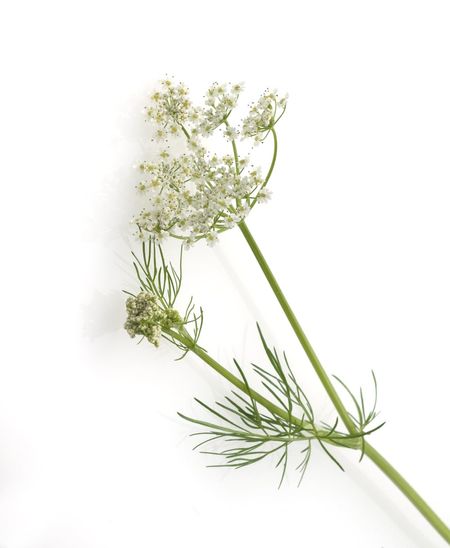 Failing Caraway Symptoms: Common Diseases Of Caraway Plants
Failing Caraway Symptoms: Common Diseases Of Caraway PlantsCaraway is a great herb to grow in the garden. While most people only think of the seeds as edible, you can actually eat the entire plant, including the roots. Unfortunately, there are some caraway diseases that may harm, or even kill, your plants. Learn about them here.
By Mary Ellen Ellis